What Is an Asteroid?
Last Updated on
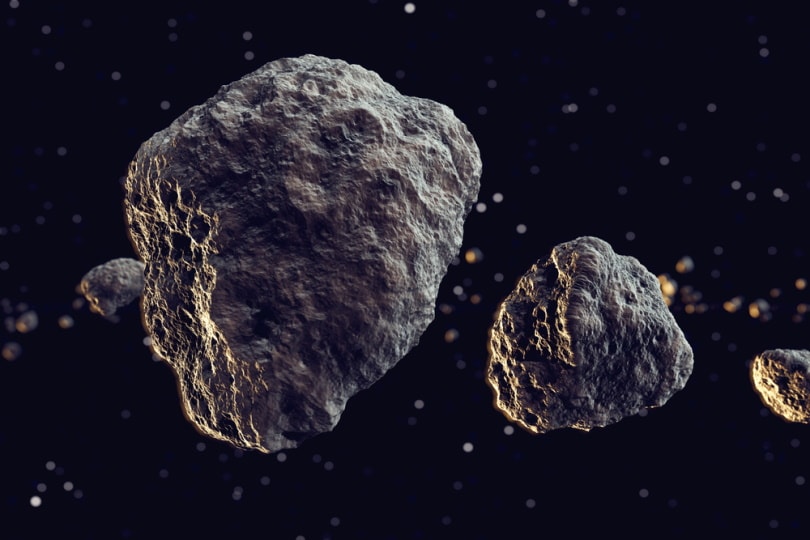
Asteroids are minor, rocky particles that revolve around the Sun. They are leftovers after the formation of planets in our Solar System. The Solar System was formed about 4.6 billion years ago after a giant cloud of gas and dust collapsed.
The size of an asteroid is even smaller than a planet but larger than the minute objects of our Solar System that we call meteoroids. Many asteroids are in the Asteroid Belt, the area between Jupiter and Mars.
Asteroids are also present in other regions of the Solar System. For instance, some asteroids orbit the Sun near Earth. Asteroids are usually visible through a telescope, but you can still see a few with the naked eye. However, these events are rare. One asteroid, 4 Vesta, is also sometimes visible without a telescope.

The History of Asteroids
Asteroids are located far away in the Solar System. So, studying them requires a proper set of equipment. Until now, 4 Vesta is the only asteroid that is often visible to the naked eye. However, since these objects are small, astronomers have had a hard time observing them.
In 1801, the astronomer Giuseppe Piazzi discovered the first asteroid. It was New Year’s Day when Piazzi studied a rocky object between Jupiter and Mars. In the beginning, Piazzi thought he had found a comet, but later, he assumed that this new object could be a planet. He even named it “Ceres.”
Although Ceres was believed to be a planet, it was the first object discovered in the Asteroid Belt. Over time, by the 1850s, more studies and discoveries revealed that Ceres was too small for a planet, so it got reclassified as an asteroid. Later, by 2006, astronomers further classified Ceres as a dwarf planet like Pluto. By the 1800s, astronomers had discovered more than 300 asteroids.
With time, hundreds of asteroids were further uncovered. Finally, it was the early 1920s when more than 1,000 asteroids were found. As of 2020, astronomers confirmed the presence of more than one million asteroids, a massive chunk of which is present in the Asteroid Belt.
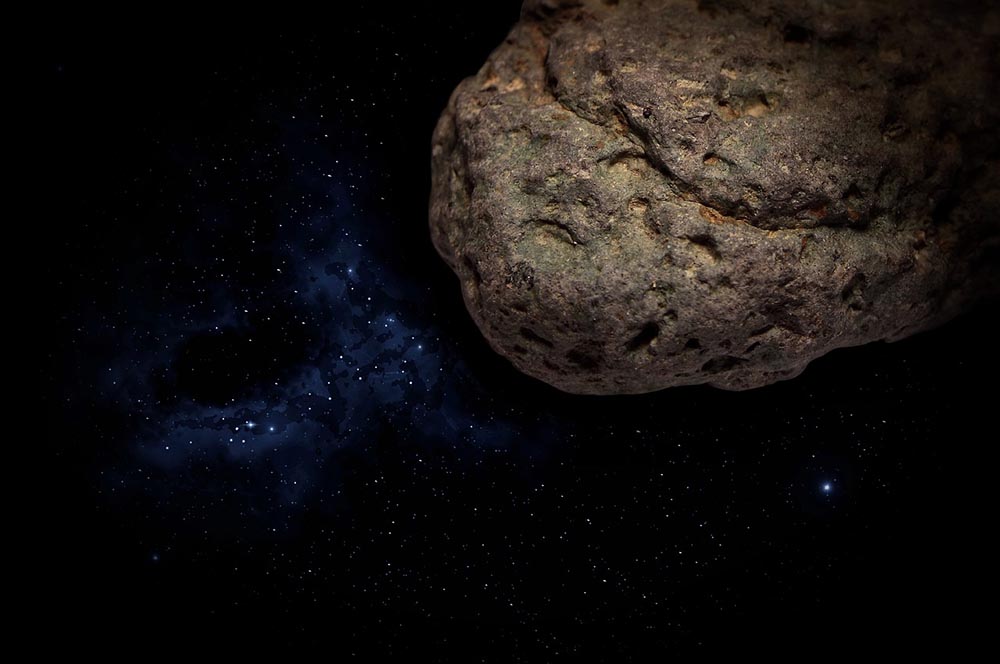
Learning About Asteroids
Astronomers usually take detailed, high-defined images of the sky at night to learn about asteroids. Typically, they capture multiple photos at different hours of the night. Astronomers then analyze these photos and identify moving objects along with the stars.
Because asteroids are dark and small, studying them with ordinary telescopes is quite challenging. So, whatever we know about asteroids until now is the result of missions that succeeded in getting their up-close shots.
The Galileo spacecraft was the first to capture up-close images of asteroids on its mission to Jupiter. Galileo traveled through the Asteroid Belt and took a couple of pictures of two asteroids, 951 Gaspra and 243 Ida.
The first spacecraft designed specially to study asteroids was NASA’s NEAR Shoemaker. The spacecraft entered the asteroid 433 Eros’ orbit in 1997. It landed on the asteroid’s surface in 2001, making NEAR Shoemaker the first spacecraft to enter into an asteroid orbit and land on its surface.
Some notable asteroid research missions include Hayabusa (launched in 2014), Dawn (in 2007, and OSIRIS-REx (in 2016).
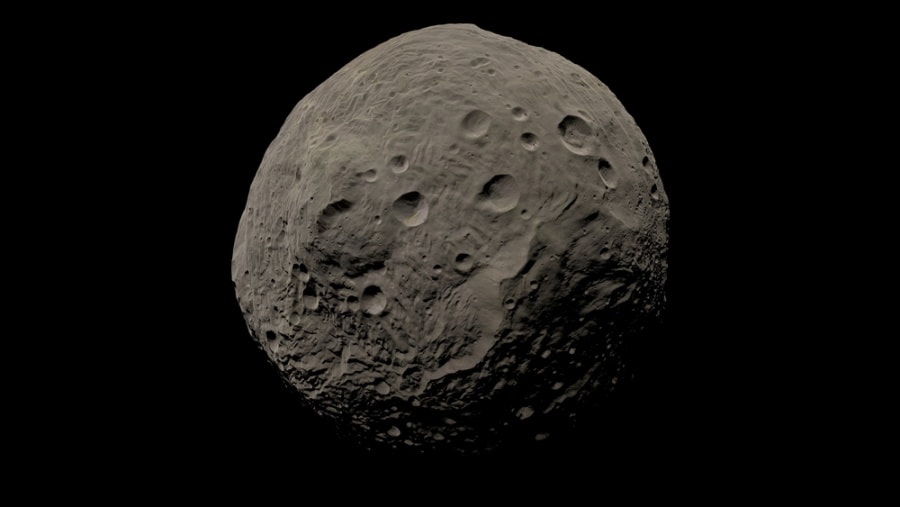
Types of Asteroids
Every asteroid is different from the others. No two asteroids can be the same since they are formed in different regions and distances from the Sun. Yes, all asteroids are made of rocky objects, but they have different elements combined in their composition.
Based on their composition and location, the three types of asteroids found in our Solar System are:
C-Type Asteroids
These types of asteroids contain high carbon content. Also known as carbonaceous asteroids, C-types are the most abundant asteroids. They comprise around 75% of all known asteroids.
Due to their significant carbon composition, C-types have darker surfaces than other asteroids. Unfortunately, their darker surfaces also make it hard for astronomers to study from a considerable distance.
In addition, these asteroids are located primarily on the outer side of the Asteroid Belt, making them even more challenging to observe.

M-Type Asteroids
These are among the rarest asteroid types with abundant metals, such as nickel and iron. M-types, or M-class or metallic asteroids, are believed to reflect a more considerable amount of sunlight than other asteroids, indicating the presence of metals on their surface.
However, scientists only have collected evidence for the existence of metals in M-type asteroids from indirect techniques. Their spectra showed a similar composition to metal-containing meteors. M-types only make up 8% of the total known asteroids.
S-Type Asteroids
These are less common than C-types but more abundant than M-types. S-types make up about 17% of the total known asteroids. Also known as silicate asteroids, these asteroids contain high levels of silicate rocks with small quantities of metals.
S-type asteroids are primarily located in the inner and the middle of the Asteroid Belt. Therefore, they are pretty rare in the Asteroid Belt’s outer areas.
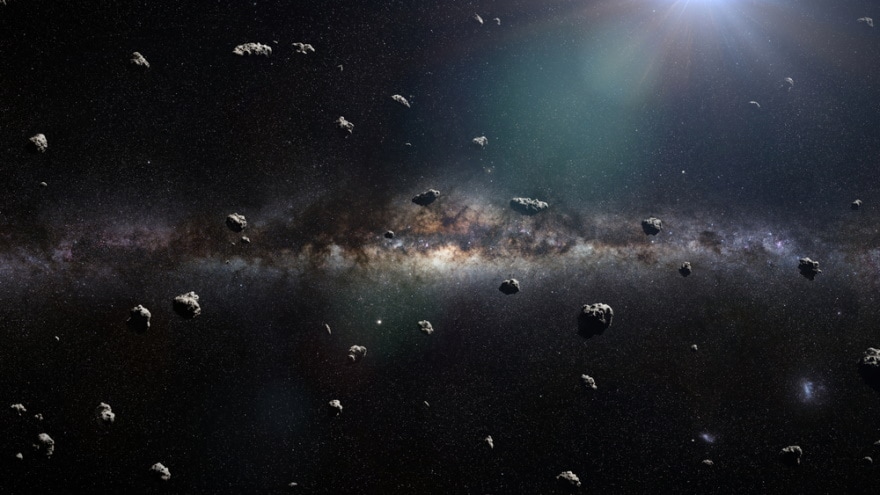
Do Asteroids Impact Planets?
Asteroid impacts rarely occur on other elements in the Solar System. Still, they do occur frequently. Most of the inner rocky planets and moons in the Solar System have some degree of evidence for their impact.
A majority of the impact craters of the Solar System take us back to 4 billion years ago to the period of Late Heavy Bombardment. After the Sun and planets formed, several comets and asteroids bombarded each planet. Asteroids that combat this period entered the Asteroid Belt.
Asteroid impacts can be a massive threat to the Earth. That’s because these small yet powerful objects can cause huge extinction-level events. For example, many scientists believe that the Earth got struck by an asteroid about 65 million years ago, making the dinosaurs extinct.
A giant asteroid is also believed to hit Earth every 200 million years. Fortunately, the Earth has been safe from any extinction event for quite some time now. No one can say anything definitive about the future, so let’s hope for better news.

Are Asteroids and Meteors the Same?
Asteroids are smaller than planets, but they are larger than meteoroids. A meteoroid is a small part of an asteroid or comet formed when two or more asteroids clash.
When a meteoroid enters Earth’s atmosphere, it gets burned up and vaporized, creating a light streak in the sky. That’s what a meteor is.
Meteors are more commonly called shooting stars because of their lighting appearance, but they are not stars. People also compare comets with meteors, but both vary greatly.
Meteorites are other objects that often get confused with asteroids. These are formed when the meteoroids don’t get entirely vaporized in the Earth’s atmosphere. Instead, they survive the Earth’s atmosphere and reach its surface. When these unvaporized meteoroids land on the Earth’s surface, they are called meteorites.
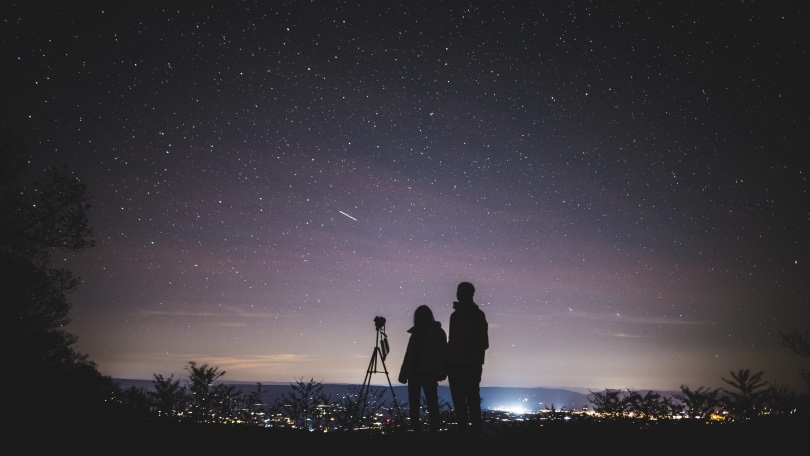
Are Asteroids and Comets Different?
Asteroids and comets are small and orbit around the Sun in the Solar System. However, they differ depending on their origin and formation.
Comets are made of ice and dust, while asteroids are rocky. Comets are formed in those regions of the Solar System where the sunlight isn’t powerful enough to vaporize or affect their ice and gas composition. However, some comets still plummet towards the middle of the Solar System. These comets first shed their volatile elements in the form of dust and gas before marching toward the solar system’s center.
Despite the clear difference between asteroids and comets, some objects, known as centaurs, are still present on both asteroids’ and comets’ boundaries. These objects consist of a combination of rock and ice.
There is not much information about these hybrid objects, although astronomers are still looking for deeper insights into the distant objects in the solar system.
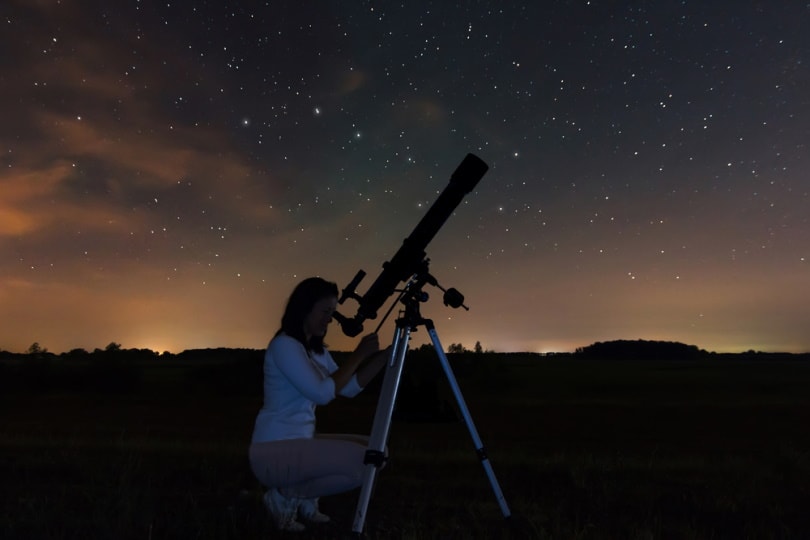
•How Long is a Day on Mars? How Long is a Year?

Conclusion
Asteroids are small, rocky objects that orbit around the Sun in the Solar System. They are smaller than planets but larger than meteoroids. Asteroids are objects that got left over after the formation of planets.
The first asteroid was discovered billions of years ago, and more than a million have been uncovered till today. However, many confuse asteroids with other minor Solar System elements, such as comets, meteors, and meteorites.
However, all these objects differ from each other considerably. Plus, they also impact other elements and planets in the Solar System. For example, a giant asteroid is believed to hit Earth every 200 million years. Luckily, the planet is currently safe from any extinction-level events.
Featured Image Credit: Dabarti CGI, Shutterstock
About the Author Jeff Weishaupt
Jeff is a tech professional by day, writer, and amateur photographer by night. He's had the privilege of leading software teams for startups to the Fortune 100 over the past two decades. He currently works in the data privacy space. Jeff's amateur photography interests started in 2008 when he got his first DSLR camera, the Canon Rebel. Since then, he's taken tens of thousands of photos. His favorite handheld camera these days is his Google Pixel 6 XL. He loves taking photos of nature and his kids. In 2016, he bought his first drone, the Mavic Pro. Taking photos from the air is an amazing perspective, and he loves to take his drone while traveling.
Related Articles:
What Is the Best Binocular Magnification for Hunting? Optical Features Explained
15 Crucial Facts About Ultraviolet Rays & the Sun
What Constellation Is Spica In? The Interesting Answer!
10 Interesting Leo Constellation Facts, Myths, and FAQs
15 Interesting Pegasus Constellation Facts, Myths, and FAQs
6 Interesting Sagittarius Constellation Facts, Myths, and FAQs in 2024!
What Are Constellations? Where Did They Come From?
8 Interesting Libra Constellation Facts, Myths, and FAQs
